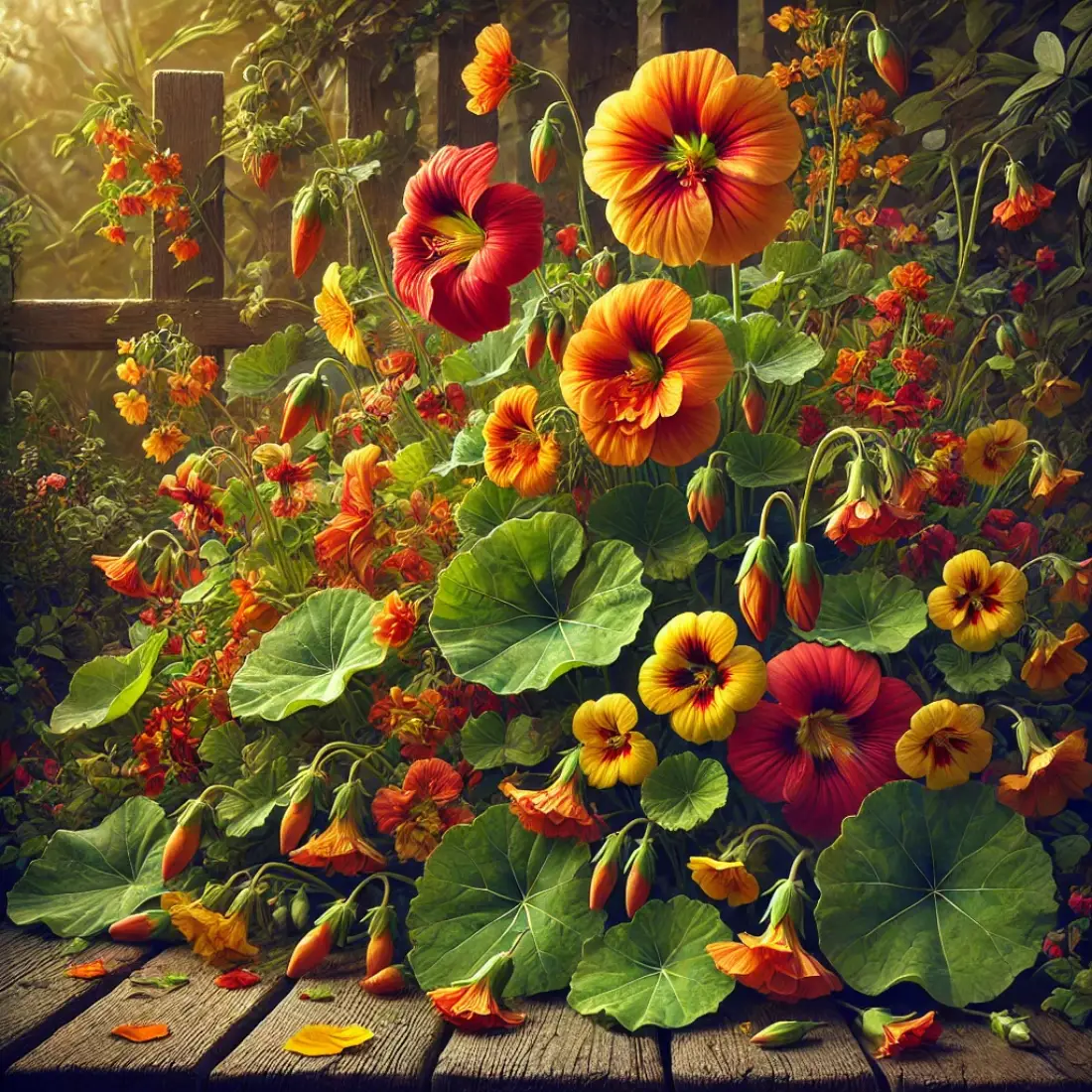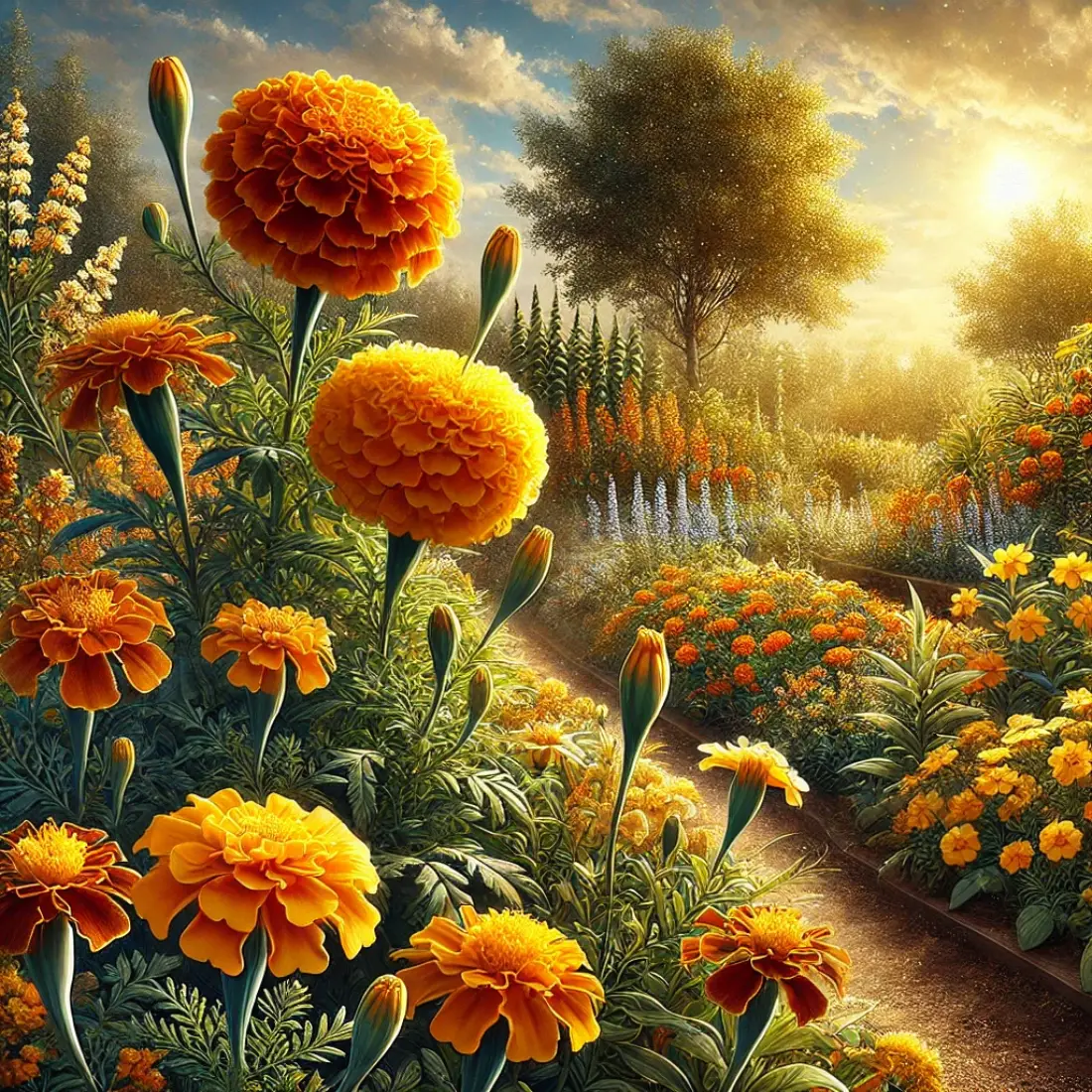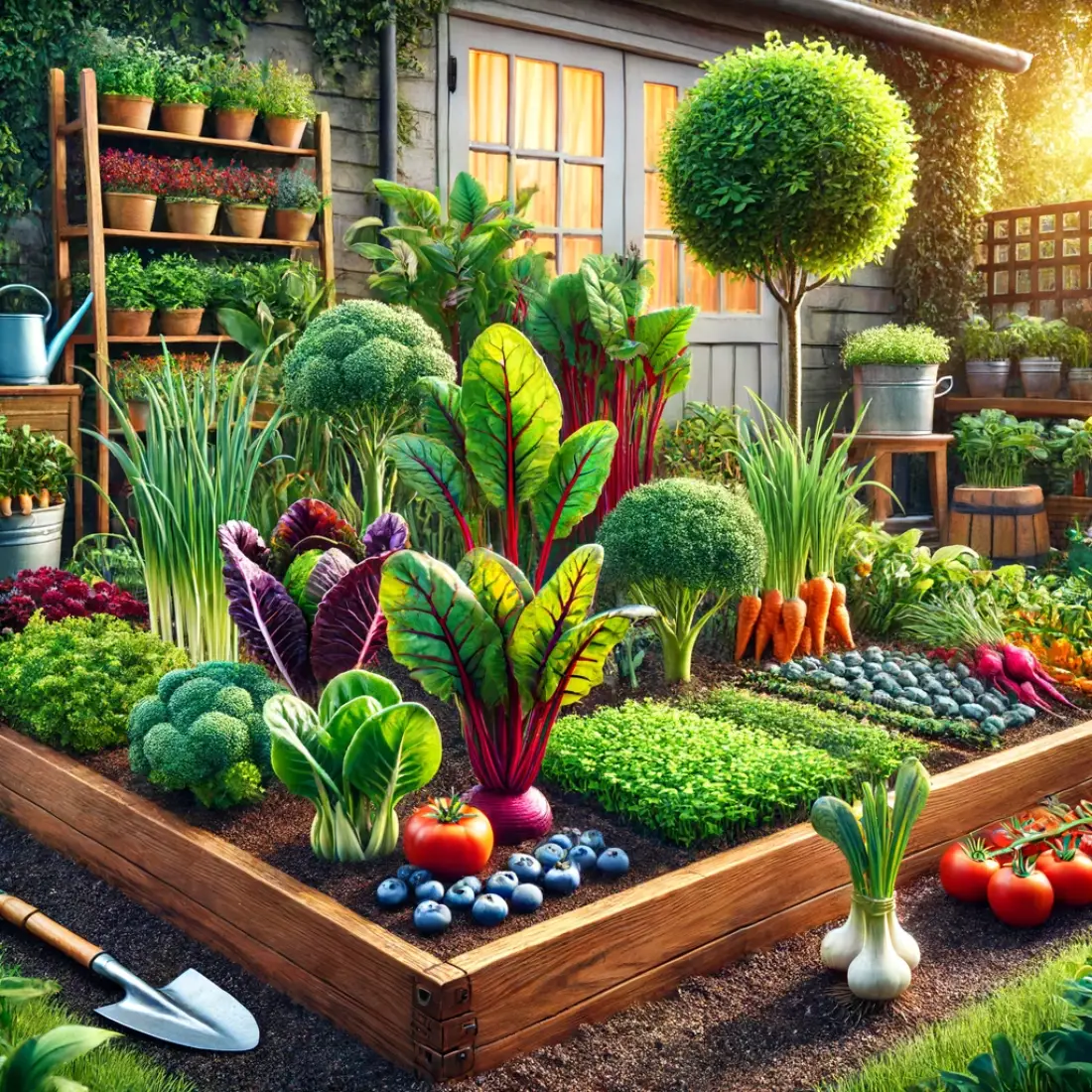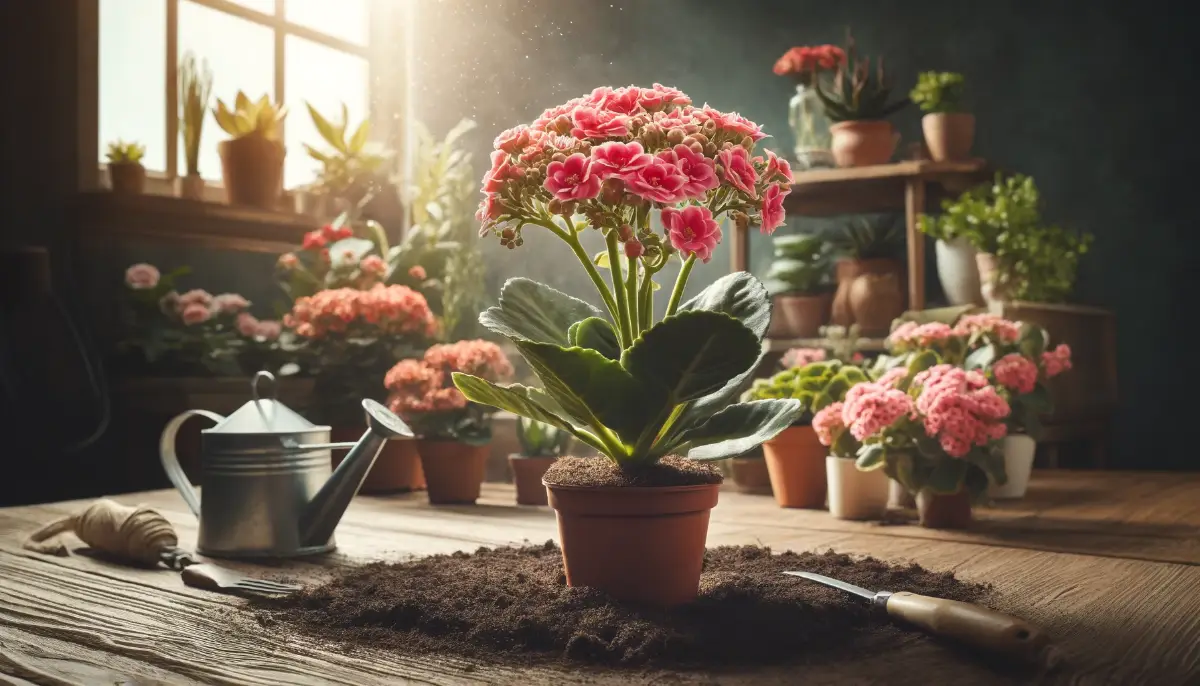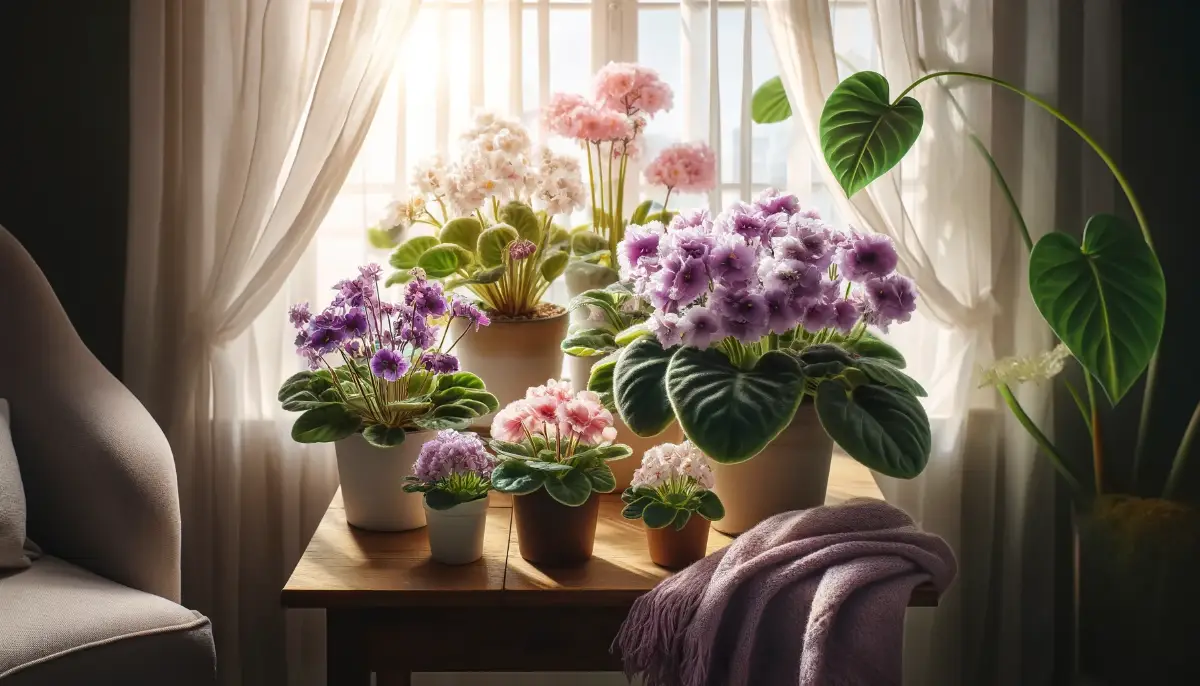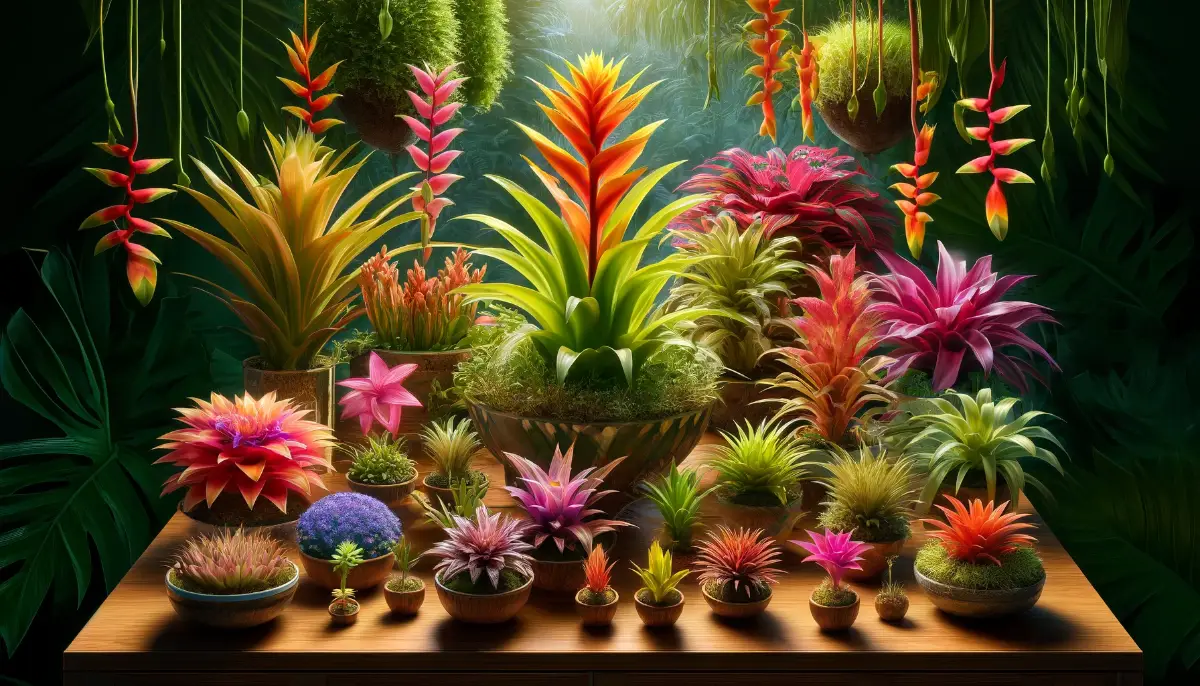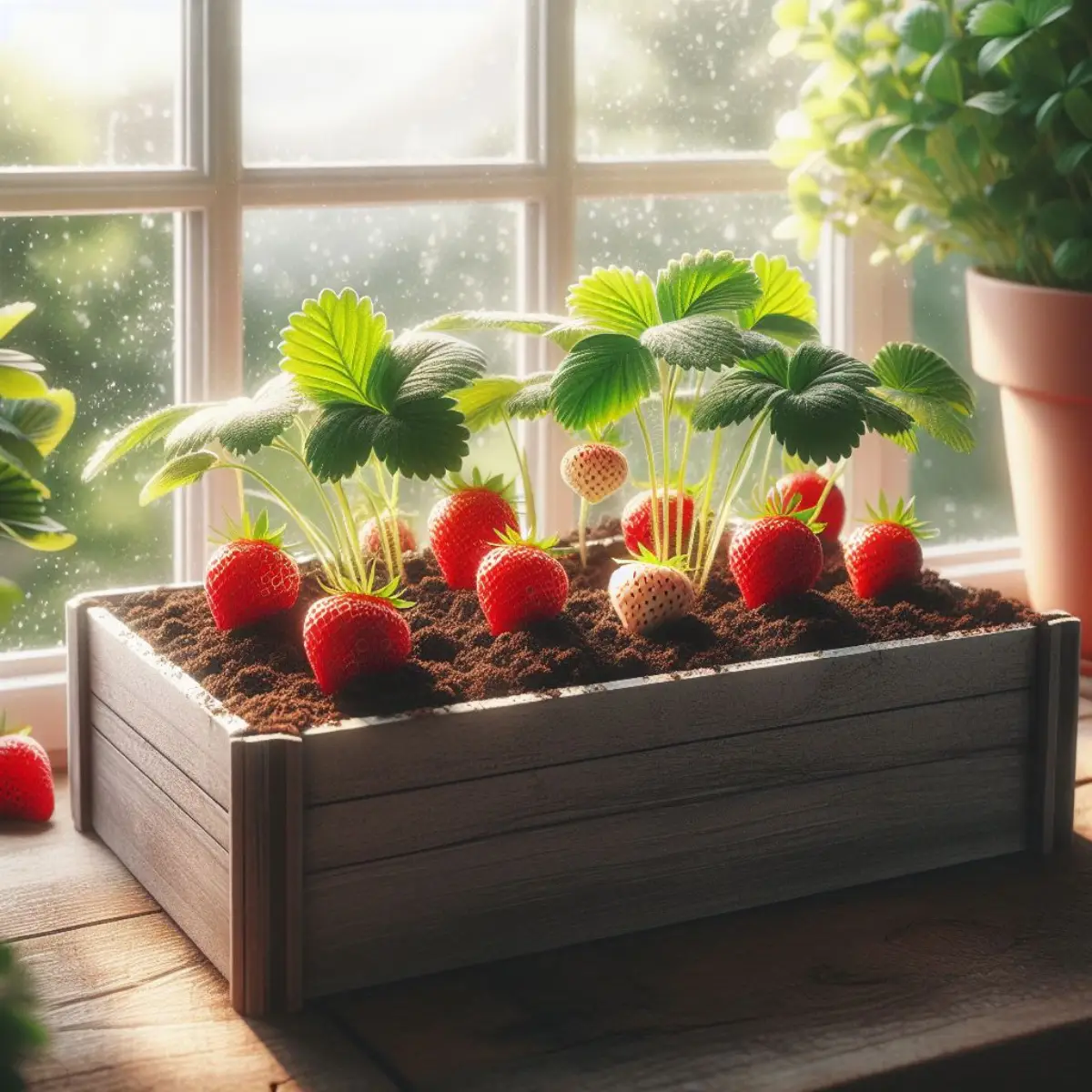Nasturtiums, known scientifically as Tropaeolum majus, are a favorite among gardeners for their vibrant blooms and ease of care. These delightful flowers are not only visually appealing but also offer numerous benefits, making them a versatile addition to any garden.
From their ability to attract pollinators to their edible leaves and flowers, there are many reasons to cultivate these charming plants in your garden.
- Easy to Grow: Nasturtiums are low-maintenance and ideal for both beginner and experienced gardeners.
- Edible Flowers and Leaves: Both the flowers and leaves of Nasturtiums are edible and can add a peppery flavor to salads and dishes.
- Attract Pollinators: These plants are excellent for attracting bees, butterflies, and other pollinators to your garden.
- Natural Pest Control: Nasturtiums can help deter common garden pests such as aphids and whiteflies.
- Medicinal Benefits: Traditionally used for their medicinal properties, including antiseptic and anti-inflammatory effects.
Choosing the Right Nasturtium Variety
Common Nasturtium Varieties
There are numerous varieties of Nasturtiums, each offering unique characteristics and benefits. The most common varieties include dwarf, climbing, and trailing types. Dwarf varieties, such as ‘Tom Thumb,’ are compact and ideal for containers and small garden spaces.
Climbing varieties, like ‘Tall Climbing Mix,’ are perfect for trellises and fences, providing vibrant vertical interest. Trailing types, such as ‘Jewel Mix,’ are excellent for hanging baskets and ground cover, spreading out to create a lush, colorful display.
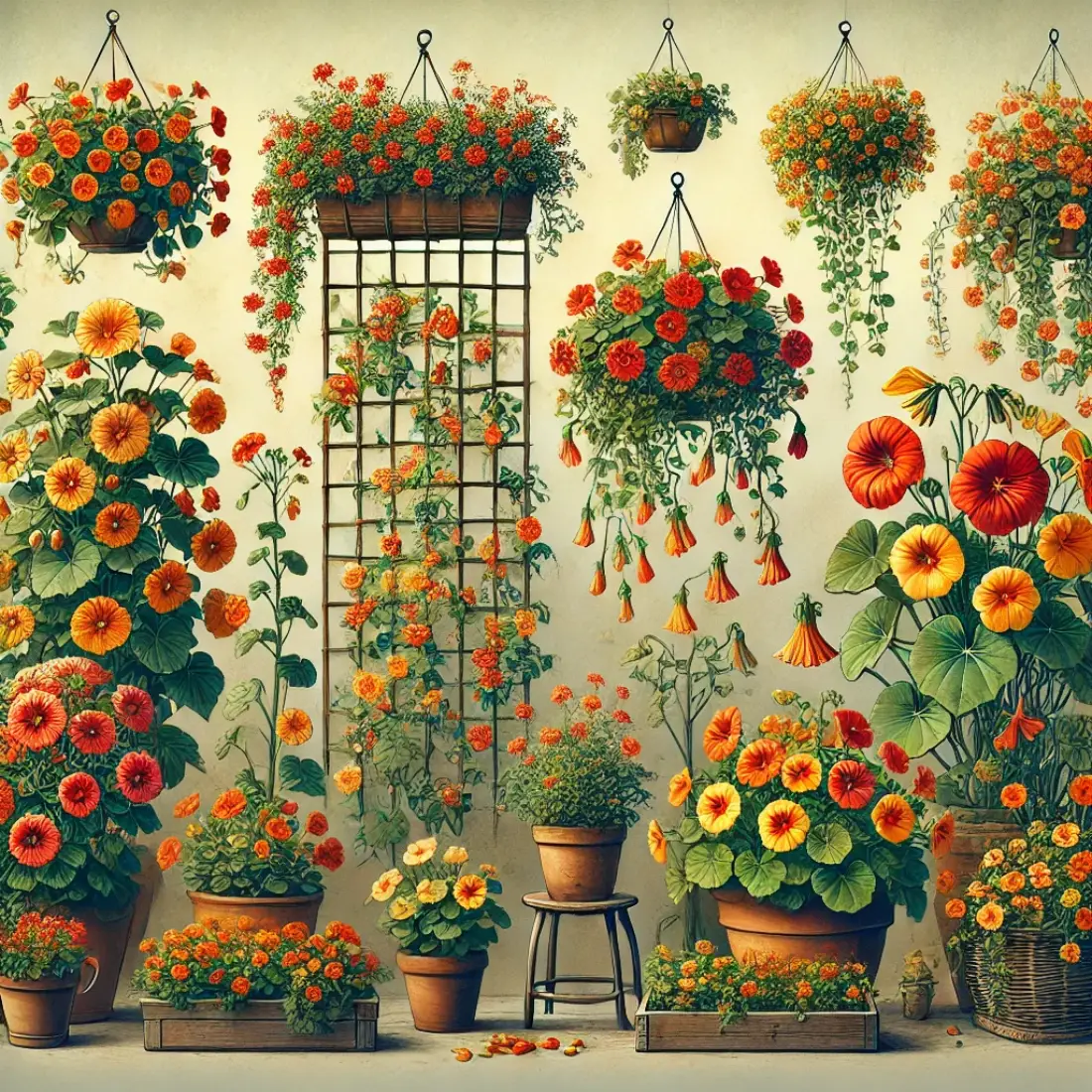
Best Varieties for Specific Climates
Selecting the right Nasturtium variety for your climate is crucial for optimal growth. For cooler climates, varieties like ‘Alaska’ with variegated leaves and cold tolerance are a great choice. In warmer regions, ‘Empress of India,’ known for its striking deep red flowers, thrives in the heat. Consider your local climate and growing conditions to choose a variety that will flourish in your garden.
Best Varieties for Beginners
For beginners, easy-to-grow varieties like ‘Whirlybird Mix’ and ‘Peach Melba’ are highly recommended. These varieties are forgiving and resilient, making them perfect for novice gardeners. ‘Whirlybird Mix’ produces semi-double flowers in various colors, while ‘Peach Melba’ offers cream-colored blooms with a red center, adding a unique touch to your garden.
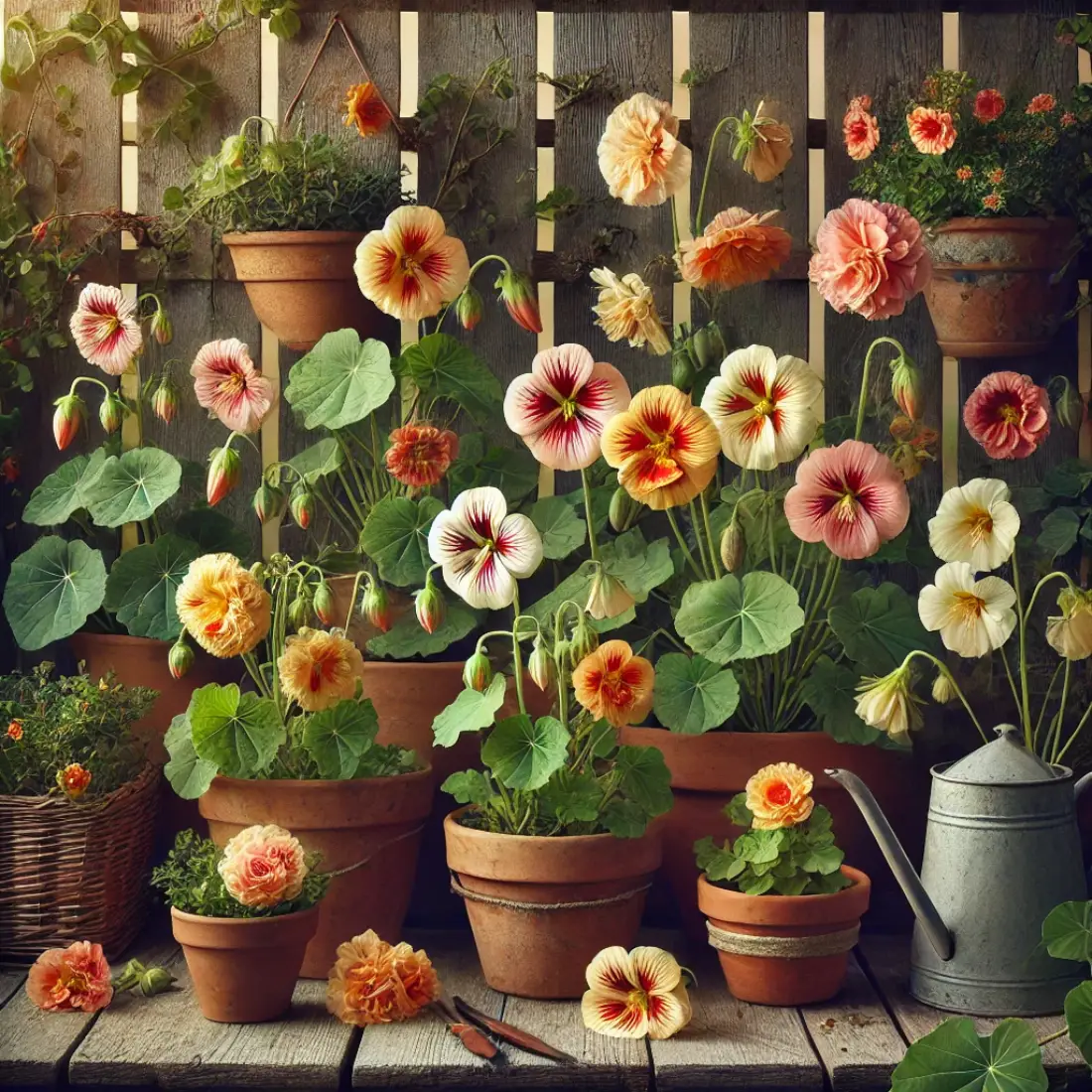
Optimal Growing Conditions
Best Time to Plant Nasturtiums
Planting Nasturtiums at the right time ensures healthy growth and vibrant blooms. Nasturtiums are typically planted in spring after the last frost, as they thrive in warmer temperatures. For regions with mild winters, they can also be planted in late fall. Starting seeds indoors 4-6 weeks before the last frost date gives them a head start, leading to earlier blooms when transplanted outdoors.
Choosing the Right Location
Nasturtiums prefer full sun but can tolerate partial shade, especially in hotter climates. Choose a location that receives at least 6 hours of direct sunlight daily. They are versatile and can grow in various garden spots, including borders, containers, and hanging baskets. Ensure the location is well-draining to prevent root rot.
Soil Preferences
Nasturtiums thrive in poor to average soil, making them easy to grow in various soil types. They do best in well-draining soil with a pH level between 6.1 and 7.8. While they don’t require rich soil, adding compost can improve soil structure and provide essential nutrients. Avoid high-nitrogen fertilizers, as they promote leaf growth over flowers.
Temperature and Humidity
Nasturtiums prefer moderate temperatures, ideally between 55°F and 70°F (13°C to 21°C). They can tolerate higher temperatures but may require additional watering. High humidity can encourage fungal diseases, so ensure good air circulation around the plants. In cooler climates, protect them from frost by using row covers or planting in containers that can be moved indoors if needed.
Planting Nasturtium Seeds
Soaking Seeds
Soaking Nasturtium seeds before planting can significantly improve germination rates. The seeds have a hard outer shell that benefits from softening. To soak the seeds, place them in a bowl of warm water for 12-24 hours before planting. This process helps to break down the seed coat, allowing for easier germination.
Scarification Process
Scarification is another method to enhance seed germination. This involves lightly nicking or scratching the seed coat to help water penetrate more easily. Use a small file, sandpaper, or a knife to gently abrade the surface of each seed. Be careful not to damage the inner seed. Scarified seeds can then be soaked as described above to further boost germination success.
Planting Methods
Direct Sowing
Direct sowing is a popular method for planting Nasturtiums, as these plants prefer not to be transplanted. Once the danger of frost has passed and the soil has warmed up, choose a sunny location with well-draining soil. Plant the seeds about 1/2 inch deep and 10-12 inches apart. Water the area gently but thoroughly. Germination typically occurs within 7-10 days, depending on soil temperature and conditions.
Starting Seeds Indoors
For an early start, you can begin seeds indoors 4-6 weeks before the last expected frost date. Use biodegradable pots to minimize root disturbance during transplanting. Fill the pots with a seed-starting mix and plant the seeds about 1/2 inch deep. Keep the soil consistently moist and place the pots in a warm, sunny location or under grow lights. Transplant the seedlings outdoors when they have at least two true leaves and after the threat of frost has passed.
Spacing and Depth Considerations
Proper spacing and planting depth are crucial for healthy Nasturtium growth. Plant seeds about 1/2 inch deep in the soil. If planting directly outdoors, space the seeds 10-12 inches apart to allow for adequate air circulation and to prevent overcrowding.
For climbing varieties, provide a support structure such as a trellis or fence, and space the seeds slightly closer, about 8-10 inches apart, to encourage upward growth.
When transplanting seedlings started indoors, ensure you handle them gently to avoid damaging the roots. Plant them at the same depth they were growing in their pots, maintaining the 10-12 inch spacing. Proper spacing and planting depth will ensure your Nasturtiums have enough room to grow and flourish, producing an abundance of colorful blooms.
Watering Needs
Frequency of Watering
Nasturtiums have moderate watering needs, and it’s essential to strike a balance to keep them healthy. Water the plants regularly, especially during dry spells, but be careful not to overwater. Overwatering can lead to root rot and other fungal issues. As a general rule, water the plants when the top inch of soil feels dry to the touch.
In the initial stages of growth, keep the soil consistently moist to help the seeds germinate and the seedlings establish strong roots. Once established, Nasturtiums are relatively drought-tolerant, but regular watering will promote better flowering and overall plant health.
Overwatering Risks
Overwatering is one of the most common problems when growing Nasturtiums. It can lead to waterlogged soil, which suffocates the roots and encourages root rot. Symptoms of overwatering include yellowing leaves, stunted growth, and wilting despite wet soil.
To avoid overwatering, ensure the planting site has good drainage and always check the soil moisture before watering. Using a well-draining soil mix can also help prevent waterlogging.
Watering Techniques
For optimal watering, use a gentle, slow stream to avoid washing away the soil or damaging the delicate seedlings. Soaker hoses or drip irrigation systems are excellent options for providing consistent moisture without overwatering.
In the early morning or late afternoon, water the base of the plants rather than overhead to minimize the risk of fungal diseases. Mulching around the base of the plants can help retain soil moisture, reduce evaporation, and keep the roots cool. Organic mulches like straw, compost, or shredded leaves work well.
Signs of Underwatering
Underwatering can stress Nasturtiums, leading to poor growth and reduced flowering. Signs of underwatering include wilted, dry, or crispy leaves, and slow growth. If you notice these symptoms, increase the frequency and amount of water.
Types of Natural Fertilizers
Compost: Rich in organic matter, compost improves soil texture and provides a balanced nutrient mix. It’s easy to make at home using kitchen scraps, yard waste, and other organic materials.Mix compost into the soil before planting or use it as a top dressing around established plants. Apply a 1-2 inch layer of compost around the base of Nasturtiums, avoiding direct contact with stems.
Manure: Well-aged manure from cows, horses, or chickens adds nitrogen, phosphorus, and potassium to the soil. Ensure the manure is composted to avoid burning the plants.Incorporate well-aged manure into the soil a few weeks before planting. Use a thin layer (1-2 inches) and mix it thoroughly to prevent nutrient overload.
Fish Emulsion: This liquid fertilizer is high in nitrogen and micronutrients, promoting vigorous growth and lush foliage. Dilute according to package instructions and apply every few weeks.Dilute fish emulsion according to the instructions and apply it to the soil around the plants or as a foliar spray. Use every 3-4 weeks during the growing season.
Seaweed Extract: Seaweed provides trace minerals and growth hormones, enhancing plant resilience and productivity. It’s available in liquid or powdered form and can be used as a foliar spray or soil drench. Follow the package instructions for dilution and application. Apply as a foliar spray or soil drench every 2-4 weeks, especially during periods of active growth.
Tips for Using Natural Fertilizers
- Avoid over-fertilizing, as excessive nutrients can lead to lush foliage but fewer flowers.
- Apply fertilizers in the early morning or late afternoon to prevent leaf burn.
- Water the plants thoroughly after applying fertilizers to help nutrients reach the root zone.
- Combine different types of natural fertilizers for a well-rounded nutrient profile.
Caring for Nasturtiums
Pruning and Deadheading
Pruning Nasturtiums helps maintain a tidy appearance and promotes healthier growth. Removing spent blooms and excess foliage encourages the plant to produce more flowers rather than focusing on seed production. Regular pruning also improves air circulation, reducing the risk of fungal diseases.
Deadheading, or removing faded flowers, is essential for prolonging the blooming period of Nasturtiums. To deadhead, simply pinch or cut off the spent blooms just above a leaf node or lateral bud. This process redirects the plant’s energy towards producing new flowers, ensuring a continuous display of vibrant blooms throughout the growing season.
Support for Climbing Varieties
Climbing Nasturtium varieties benefit from the support of structures like trellises, fences, or arbors. Providing a support system helps the plants grow vertically, saving garden space and creating an attractive display. Install the support before planting to avoid disturbing the roots later on.
Training the Plants
Guide the climbing stems toward the support structure as they grow. Gently tie the stems with soft garden twine or plant ties to secure them in place. Regularly check and adjust the ties to accommodate growth and prevent damage to the stems. Training the plants early ensures they establish a strong framework and reduces the need for constant adjustments.
Protecting from Pests and Diseases
Nasturtiums can attract pests like aphids, caterpillars, and whiteflies. Regularly inspect the plants for signs of infestation, such as holes in leaves, sticky residue, or visible insects.
Natural Pest Control Methods
- Companion Planting: Plant Nasturtiums near vegetables like tomatoes, cucumbers, and beans to repel pests.
- Neem Oil: Apply neem oil as a natural insecticide to deter and manage pest populations.
- Insecticidal Soap: Use insecticidal soap to control aphids and other soft-bodied insects. Spray the affected areas thoroughly.
Common Diseases and Prevention
- Powdery Mildew: Prevent powdery mildew by ensuring good air circulation and avoiding overhead watering. If mildew appears, treat it with a baking soda solution or a commercial fungicide.
- Root Rot: Ensure proper soil drainage and avoid overwatering to prevent root rot. If you notice yellowing leaves and stunted growth, check the roots and improve drainage if needed.
Propagating Nasturtiums
Seed Collection and Storage
One of the simplest methods to propagate Nasturtiums is through seed collection. Allow some of the flowers to fade and produce seeds. Once the seeds are mature, they will turn brown and fall from the plant. Collect these seeds and let them dry completely before storing them. Store the seeds in a cool, dry place in an airtight container until you are ready to plant them the following season.
Propagating from Cuttings
Although less common, propagating Nasturtiums from cuttings is possible. Select a healthy stem and cut a 4-6 inch section just below a node. Remove the lower leaves, leaving the top 2-3 leaves intact.
Dip the cut end in rooting hormone to enhance root development, then plant the cutting in a well-draining potting mix. Keep the soil moist and place the pot in a warm, sunny location. Roots should develop in a few weeks, after which the new plant can be transplanted into the garden.
Best Practices for Successful Propagation
- Timing: For seed propagation, collect seeds at the end of the growing season when they are fully mature. For cuttings, take them during the growing season when the plant is healthy and actively growing.
- Preparation: Ensure that seeds are thoroughly dried before storage to prevent mold and rot. For cuttings, use sterilized tools to avoid introducing pathogens.
- Storage: Store seeds in a cool, dry, and dark place. An airtight container in the refrigerator works well for maintaining seed viability.
- Soil and Environment: Use a sterile, well-draining potting mix for cuttings. Maintain a humid environment by covering the pot with a plastic bag or placing it in a propagator until roots develop.
- Watering: Keep the soil consistently moist but not waterlogged. Overwatering can lead to rot, while underwatering can prevent root development.
- Light: Provide bright, indirect sunlight for cuttings to encourage healthy growth. Direct sunlight can be too harsh and may cause stress to the young cuttings.
FAQs about Nasturtiums
How long do Nasturtiums take to grow?
Nasturtiums typically take about 7-10 days to germinate from seed. Once germinated, they grow quickly, with most varieties reaching maturity and beginning to flower within 8-10 weeks.
Can Nasturtiums grow in shade?
Nasturtiums prefer full sun but can tolerate partial shade. However, they may produce fewer flowers and have a less vigorous growth habit in shadier conditions.
How do I deal with yellow leaves on Nasturtiums?
Yellow leaves on Nasturtiums can be a sign of overwatering, poor drainage, or nutrient deficiency. Ensure the soil is well-draining and not waterlogged. If the problem persists, check for pests or apply a balanced, natural fertilizer.
Are Nasturtiums invasive?
While Nasturtiums can spread rapidly and reseed themselves easily, they are not considered invasive. However, they can take over garden areas if not controlled, so regular pruning and deadheading are recommended.
How often should I water my Nasturtiums?
Water Nasturtiums regularly, keeping the soil consistently moist but not waterlogged. During dry spells, increase the frequency of watering. Established plants are relatively drought-tolerant but will perform best with consistent moisture.
Can I grow Nasturtiums indoors?
Yes, Nasturtiums can be grown indoors in containers. Ensure they receive plenty of sunlight, ideally 6-8 hours of direct light, and maintain consistent moisture in well-draining soil.
What are the best companion plants for Nasturtiums?
Nasturtiums are excellent companion plants for vegetables like tomatoes, cucumbers, and beans. They can help repel pests such as aphids and whiteflies and attract beneficial insects like pollinators.
Are all parts of the Nasturtium plant edible?
Yes, all parts of the Nasturtium plant are edible, including the flowers, leaves, and seeds. They have a peppery flavor that adds a unique taste to salads, sandwiches, and garnishes.
How can I use Nasturtiums in cooking?
Nasturtiums can be used in various culinary applications. Add the flowers and leaves to salads for a spicy kick, use them as garnishes, or make Nasturtium pesto. The seeds can be pickled and used as a substitute for capers.
How do I protect Nasturtiums from pests?
Protect Nasturtiums from pests by practicing good garden hygiene, such as removing debris and dead leaves. Companion planting with pest-repellent plants like marigolds can help. Use organic methods like neem oil or insecticidal soap to control infestations.

